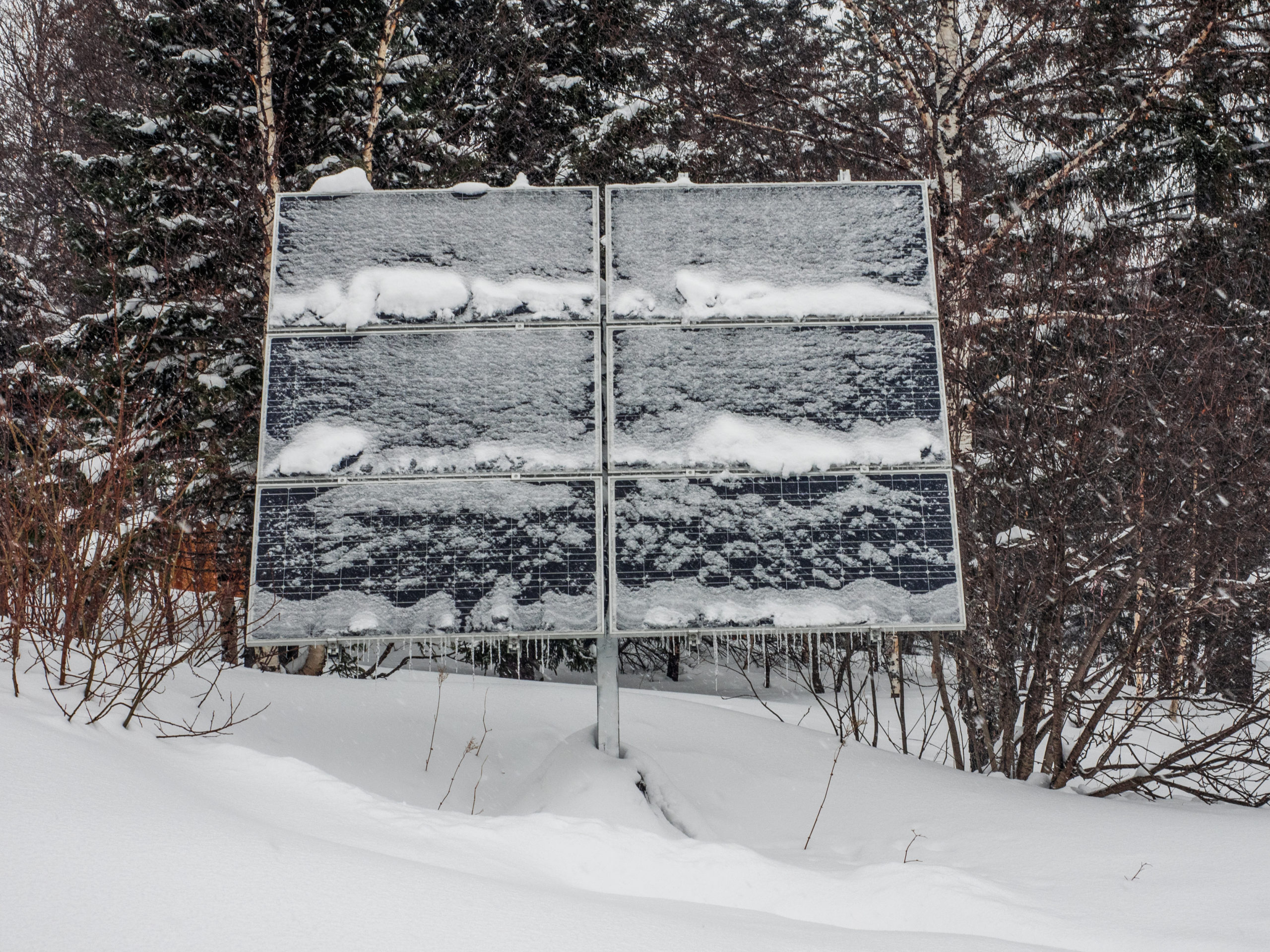Solar panels are being touted as the end-all of unlimited renewable energy resources. They offer so many great, eco-friendly benefits that it makes you wonder why you aren’t seeing more of them in use. Well, there could be a few reasons.
If it’s too good to be true, it probably is. That’s what we’ve all been told since we were kids, right. And, we’ve learned growing up that it’s true. Here are some of the downsides of solar panels.
Solar panels are responsible for harmful emissions in the atmosphere.
They aren’t emitting harmful emissions when they’re on your roof. But the manufacturing process isn’t exactly ideal for the health of our environment.
- Quartz is used to make silicone, which is the main component of solar panels. The process of refining silicone involves mining for the quartz and super-heating it, which releases both sulfur dioxide and carbon dioxide emissions.
- Silicon tetrachloride is used in the manufacturing process of the panels. It’s a highly toxic chemical that can release air pollutants, and when mixed with water, produce hydrochloric acid, which can cause serious skin burns.
- The overall way that solar panels are built is much like the process of constructing any other automated device. Environmentally harmful chemicals like sulfur hexafluoride and copper indium selenide are commonly used in the manufacturing process.
The Initial Cost
The cost of installation, which will be several thousand dollars, is based on how many square feet the solar panel system will be supplying power to. Solar panels will save you money over the long run. But, the initial installation can be fairly expensive. While the government is offering tax credits when you install solar energy panels, that doesn’t affect the initial out-of-pocket cost.
Weather
They have to have sunlight to operate. When the solar panels are installed, this is taken into account. The system will be designed to generate more energy than it needs on sunny days, and store the excess energy for cloudy days. But, there’s only so much storage capacity. So, if you live in a climate with less sunshine, you may still be relying on your local utility company when you run out of solar power.
Where do you put them?
Of course, you will need them facing where they will get the most sunlight. Here are a few things to think about concerning where they are installed.
- They take up a lot of space, between the panels themselves and the other components.
- Obstructions like trees or other buildings can block the best source of sunlight.
- Aesthetic appeal: How would they affect a home’s curb appeal if they were on a street-facing roof?
Upkeep
Both Mother Nature and the test of time will compromise the integrity of a solar panel system. And, the repairs can be costly.
It’s really too bad. But, at least we’re on the right track. If we keep seeking greener solutions for our energy sources, we will eventually find something that isn’t harmful to our planet.







